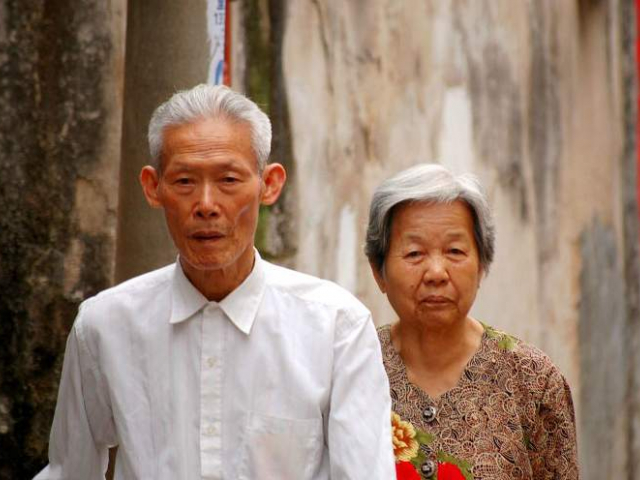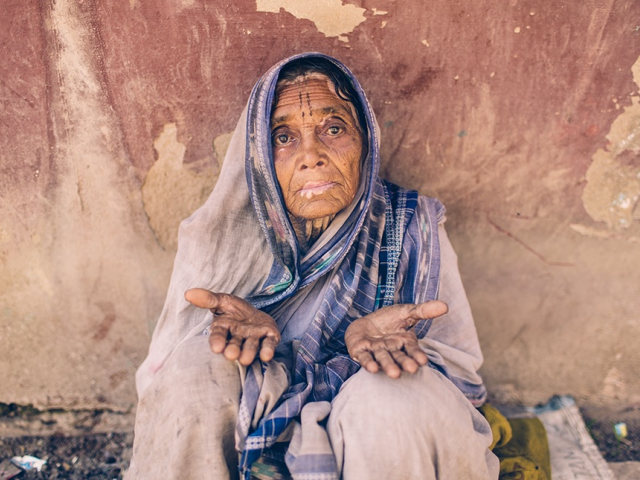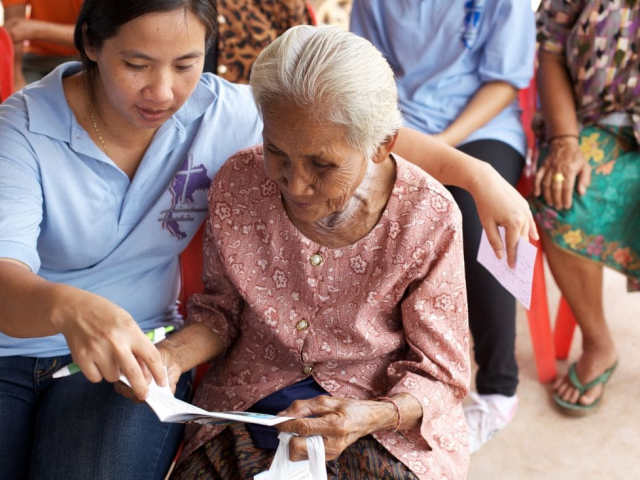
China
Men in China retire at the age of 60 and women at the age of 55 or 50 (depending on working conditions).
The large-scale pension reform launched in the country in 1995 increased the share of socially protected people to 60% from 5.4%. Nevertheless, only civil servants and urban residents fall into this category. Rural residents can only rely on regional old-age benefits. 20% of the Chinese cannot count on any pension programs.
The pension fund is formed from 2 sources: employers' contributions and employees' own payments. In China, the average pension is 2.5 thousand yuan, and the minimum payment threshold for elderly villagers is 127 yuan.

India
In India, only 12% of older Indians can officially be considered retirees.
The Indian authorities, which have been trying to introduce a new pension reform since 2004 to ease the burden on the state budget, have not succeeded in this endeavor.
In India, pension consists of two parts: business taxes and voluntary employee payments. Civil servants, the most protected category, upon reaching 60 years can claim the largest pension of 2 thousand rupees which is less than $30.
The reform covered only 1% of working Indians. The vast majority of the population can barely make ends meet. What is more, they do not have money to make voluntary contributions.

Thailand
Until 1998, financial support for the elderly in Thailand was guaranteed only to civil servants. Later, the government passed a law that imposed a pension tax of 3% on private companies (another 1% comes from the state budget).
The problem is exacerbated by the fact that more than half of the population works off the book. That is why, in old age, they can claim only a minimum pension of 700 baht which is slightly more than $20. This money is not enough even to meet basic needs.

Gambia
In the Gambia, a pension is received mainly by employees of state-owned enterprises and the public sector who have reached 60 years.
Some categories of workers employed in the industry sector or living in cities can also count on old-age benefits.
Rural residents and those who work off the book are completely deprived of pension payments. It is about 80% of the working population.

Kenya
The Kenyan pension system is poorly developed, having long shown its inefficiency. There are 3 sources of funds:
-payments from the National Social Protection Fund formed by employees and employers;
-pension payments for civil servants from the budget of the country;
-personal savings.
It is extremely difficult for Kenyans to reach the retirement age of 55. Only 15% of the population receive pension benefits, while the rest of the people die from AIDS.
Despite the negative statistics, the authorities are considering to raise the retirement age to 60 years.

Niger
The State Pension Fund was established in Niger more than half a century ago, and in recent years the authorities have been trying to raise pension payments.
However, presently, only 3% of the elderly in this poorest country in the world can count on pension benefits. The majority of the population works off-book, depriving themselves of the right to claim a pension. Only a few pass the threshold of the average life expectancy of 52 years and retire at 55 years.

Ghana
In Ghana, only 10% of the working population expects social support in old age. Financial support is divided between two groups of workers. One of the group includes almost all categories of workers - employees of the private and public sectors, farmers, sellers, and small business owners. The other group is officials, police, and the military.
The shadow economy and hyperinflation are the reason for the low level of social protection in the country. Due to mass protests by workers in 2004, the Ghanaian authorities undertook a partial reform of the National Fund but these changes are still insufficient.

Botswana
Botswana's pension system has existed for 20 years. Nevertheless, it has made little difference despite the fact that the country has a relatively high level of economic development.
The Pension Fund is replenished by the state and employers. However, employers quite often ignore the requirements of the authorities to pay social tax for their employees. As a result, more than 80% of employees receive a minimum benefit of 220 pulas which is slightly more than $20.
Moreover, most of the country's residents do not live till retirement age which is six months higher than the average life expectancy.
 English
English 
 Русский
Русский Bahasa Indonesia
Bahasa Indonesia Bahasa Malay
Bahasa Malay ไทย
ไทย Español
Español Deutsch
Deutsch Български
Български Français
Français Tiếng Việt
Tiếng Việt 中文
中文 বাংলা
বাংলা हिन्दी
हिन्दी Čeština
Čeština Українська
Українська Română
Română
